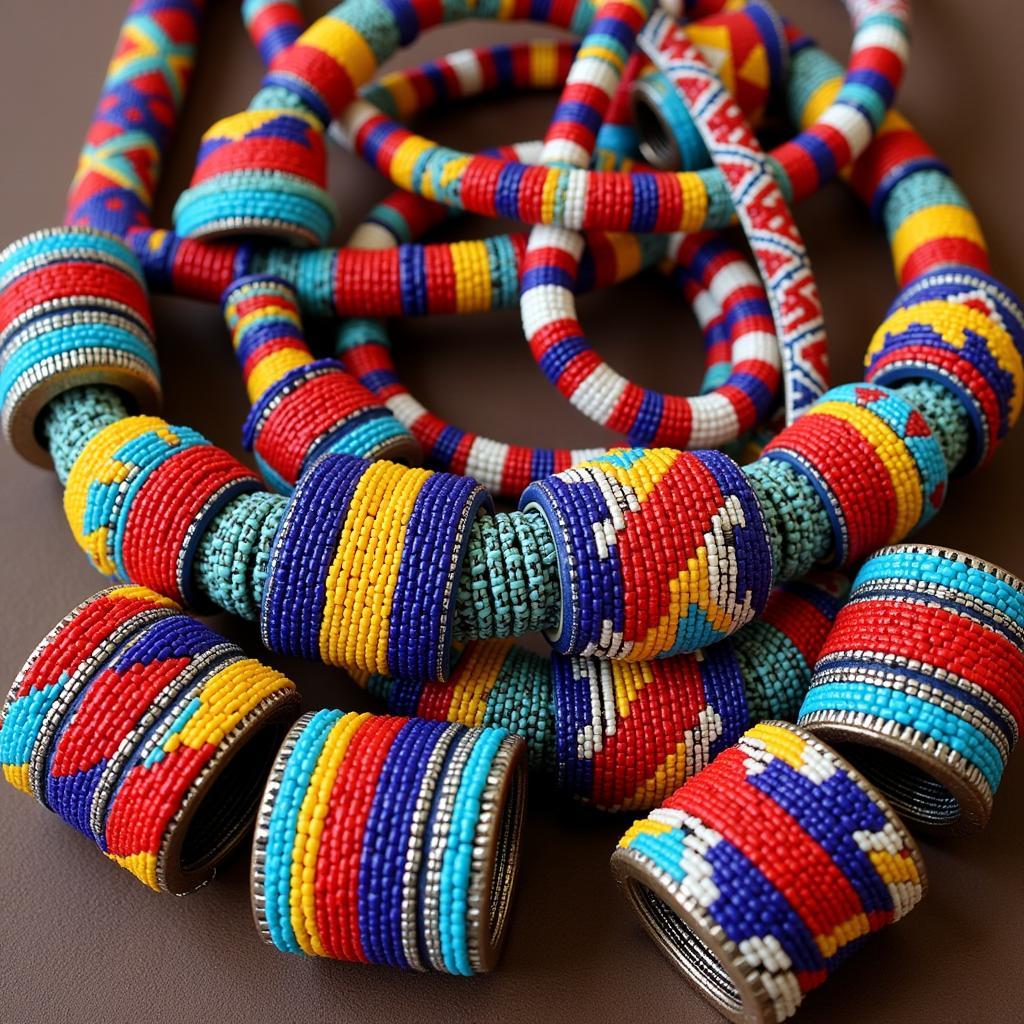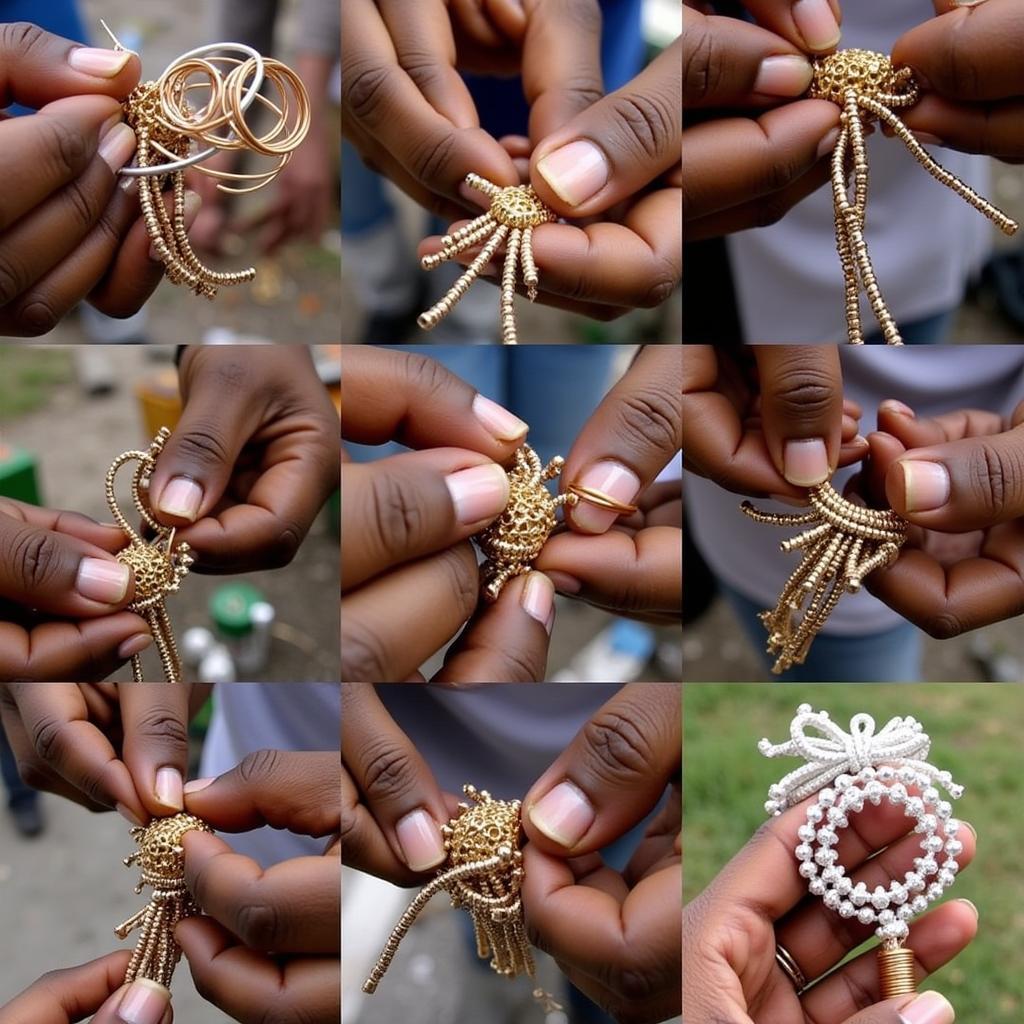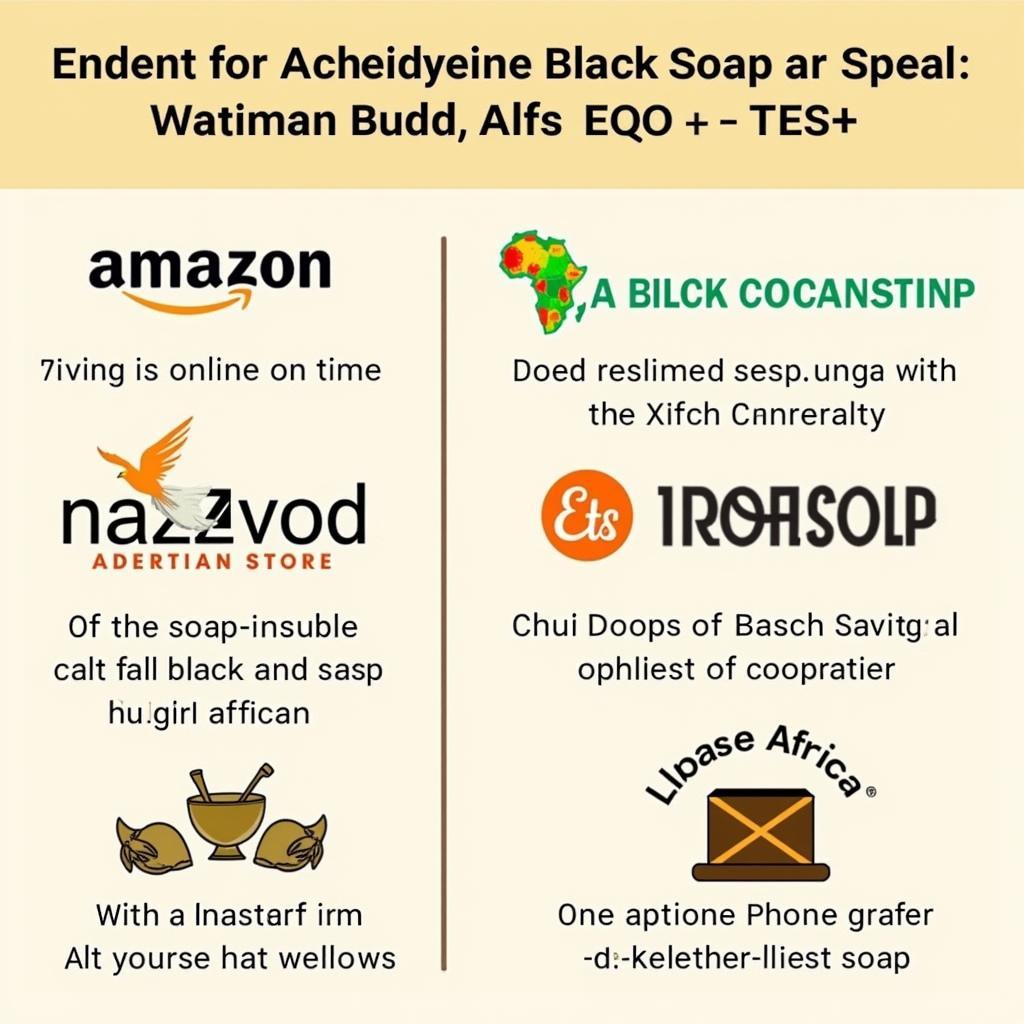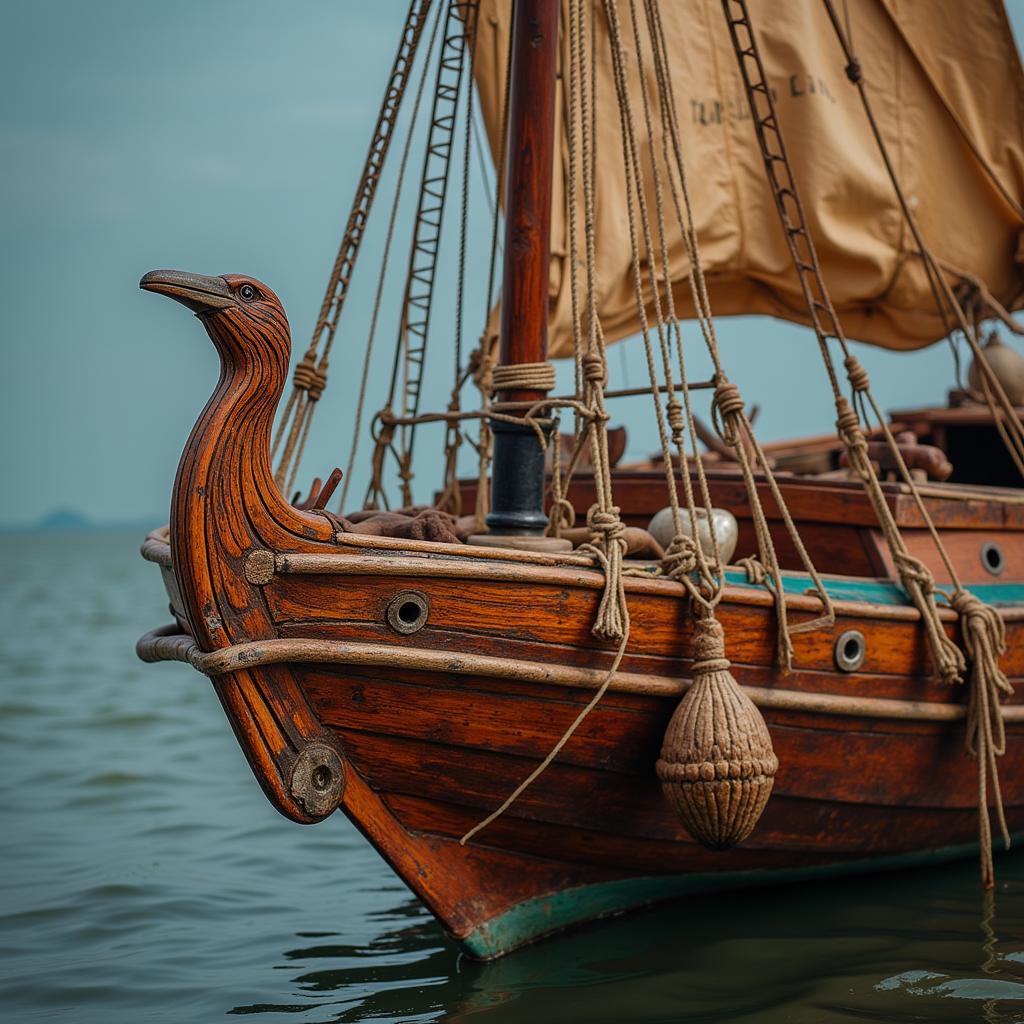Crafting Culture: Your Guide to African Jewelry DIY
African Jewelry Diy offers a unique opportunity to connect with the vibrant cultures and rich artistic traditions of the continent. Whether you’re drawn to the bold Maasai beadwork, the intricate Ethiopian filigree, or the striking West African brass designs, creating your own African-inspired jewelry allows you to express your creativity while celebrating the beauty of African artistry. This guide will explore various techniques, materials, and inspirations to help you embark on your African jewelry DIY journey.
After exploring different regions and styles, you’ll be ready to start your own African jewelry DIY projects. This rewarding experience allows you to create unique pieces that reflect your personal style and appreciation for African art. Remember, respecting the cultural significance of these designs is paramount throughout your creative process.
Exploring the Diverse World of African Jewelry
African jewelry is far from monolithic. Each region and tribe boasts distinct styles, materials, and symbolic meanings embedded in their adornments. From the intricate beadwork of the Zulu people to the elaborate gold jewelry of the Ashanti, each piece tells a story. Understanding these diverse traditions is key to appreciating the depth and artistry of African jewelry DIY.
Let’s delve into some specific examples: The Maasai of East Africa are renowned for their vibrant beaded necklaces, earrings, and bracelets, often featuring intricate geometric patterns and bold color combinations. In West Africa, the Ashanti people are known for their exquisite gold jewelry, often adorned with symbolic Adinkra symbols representing proverbs and concepts. Ethiopian jewelry, with its delicate filigree work and use of silver and gold, showcases a different aesthetic altogether. Learning about these distinct styles will inspire your own African jewelry DIY creations.
 Maasai Beaded Jewelry DIY Inspiration
Maasai Beaded Jewelry DIY Inspiration
Gathering Your Materials for African Jewelry DIY
Embarking on your African jewelry DIY journey requires assembling the right materials. Beads are a staple in many African jewelry traditions. You can find a vast array of beads in various shapes, sizes, and colors, including glass beads, bone beads, wooden beads, and even recycled materials. Other essential materials include wire, string, clasps, and other findings.
Consider sourcing materials that reflect authentic African traditions. For instance, you might seek out recycled glass beads from Ghana or brass pendants from Nigeria. This adds a layer of authenticity to your African jewelry DIY projects. You might also find interesting materials at local craft stores. Don’t be afraid to experiment with different textures and materials to create unique and personalized pieces.
Mastering Basic African Jewelry DIY Techniques
Several fundamental techniques form the basis of African jewelry making. Stringing beads is a common method, and mastering different stringing techniques, such as knotting and weaving, opens up a world of creative possibilities. Wire wrapping is another essential skill, allowing you to create intricate designs and incorporate various elements into your jewelry.
Start with simple projects like beaded bracelets or necklaces before progressing to more complex designs. Online tutorials and workshops can be valuable resources for learning these techniques. Practice is key to developing your skills and creating polished, professional-looking pieces. As you gain confidence, you can experiment with combining different techniques and incorporating more intricate designs.
 African Jewelry DIY Techniques: Wire Wrapping and Beading
African Jewelry DIY Techniques: Wire Wrapping and Beading
Visiting a local craft store is a great starting point for finding beads and other materials for your projects. For those seeking culturally authentic pieces, researching online retailers specializing in African beads and jewelry components is recommended. You can find beautiful African jighala fancy dress for boy or even explore options for African American pride clothing.
“African jewelry making is about more than just creating beautiful objects,” says Anika Nkosi, a renowned South African jewelry designer. “It’s about connecting with a rich cultural heritage and expressing yourself through the language of adornment.” Choosing the right materials is crucial, she emphasizes. “The materials you choose – be it beads, metal, or wood – should resonate with you and the story you want to tell.”
Conclusion: Embracing the Art of African Jewelry DIY
African jewelry DIY is a rewarding journey of creativity and cultural exploration. By understanding the diverse traditions and techniques of African jewelry making, you can create unique pieces that reflect your personal style and appreciation for this rich art form. So, gather your materials, explore the vibrant world of African design, and embark on your own creative adventure with African jewelry DIY. Don’t forget, you can even incorporate these vibrant designs into your home decor, as seen in some inspiring African home decor id examples. For instance, you could create beaded wall hangings or incorporate African-inspired patterns into your textile choices, just as some have done with African decoration for cultural week in the class room.
FAQ
-
What are some common materials used in African jewelry?
Common materials include beads (glass, bone, wood, metal), wire, string, and various findings. -
Where can I find inspiration for African jewelry designs?
Explore museums, online galleries, and books showcasing traditional African jewelry. -
What are some basic African jewelry-making techniques?
Stringing, wire wrapping, and metalworking are some fundamental techniques. -
Where can I buy materials for African jewelry DIY?
Craft stores, online retailers, and specialty shops selling African beads and supplies are good sources. -
How can I learn African jewelry-making techniques?
Online tutorials, workshops, and books offer valuable instruction. -
What is the cultural significance of African jewelry?
African jewelry often carries symbolic meaning, reflecting cultural identity, status, and beliefs. -
How can I ensure I am being respectful of African cultures when making my own jewelry?
Research the specific cultural origins of designs and avoid appropriating sacred or culturally sensitive symbols. You can also explore resources like African American baby boy pictures to understand the rich heritage further.
More Questions?
Here are some other resources you might find helpful:
- Need ideas for a child’s costume? Consider an African jighala fancy dress for boy.
Need help with your African jewelry DIY project? Contact us! Phone: +255768904061, Email: kaka.mag@gmail.com, Address: Mbarali DC Mawindi, Kangaga, Tanzania. We have a 24/7 customer service team.



